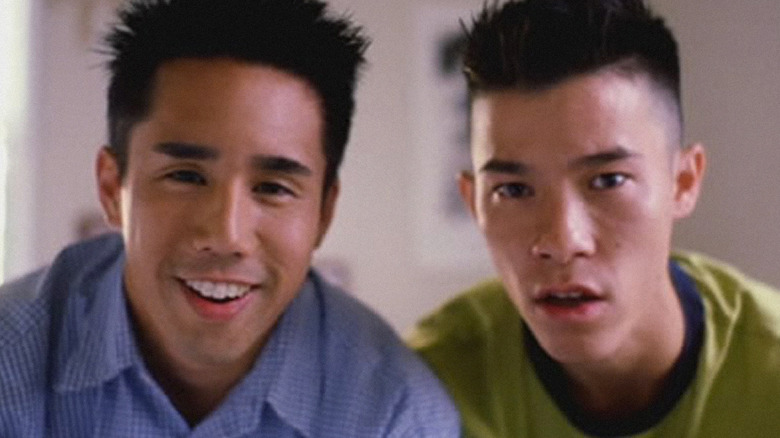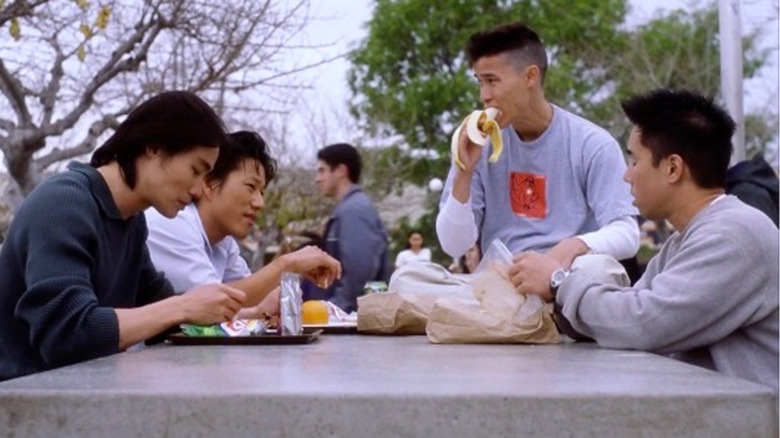Better Luck Tomorrow Aimed Beyond 'Positive' Asian-American Portrayals
In 2002, "Fast & Furious" filmmaker Justin Lin made his Sundance debut with the bombastic "Better Luck Tomorrow." The film takes loose inspiration from the Southern California-set "Honor Roll Murder" of the early '90s, following the exploits of an Asian-American gang who juggle their life of crime with debate team practice and SAT prep.
"Better Luck Tomorrow" was a rare beast by early 2000s standards. Its blunt depiction of urban gangsta mentality created a watershed moment for Asian-American representation in film, but it also made cast and crew an easy target for less-enlightened critics. One Sundance screening famously ended with a white audience member condemning the film for its "empty and amoral" portrayal of Asian-Americans. Roger Ebert himself, also present at the screening, had to step in and defend Justin Lin's creative commitment.
Even after the showdown at Sundance, "Better Luck Tomorrow" still had its share of backlash. Many critics maintained that, because the characters were represented in ways they weren't used to seeing, then the representation was inherently negative. But if you ask Lin himself, quite the opposite is true.
From a certain point of view
Even by today's standards, Asian-centered films toe a precarious line. They're meant to encapsulate the experience of an entire community — but that's difficult to accomplish without the use of a few long-perpetuated stereotypes. It was no better in the aughts, when Asian-American characters were typically depicted as "good eggs" who studied hard and didn't cause any trouble. That sort of archetype may not seem particularly harmful on paper — but when every Asian-American character is a good egg with very little depth outside of their altruistic ambitions, it can become a stereotype pretty quickly.
"Better Luck Tomorrow" was a decisive pivot from that reductive pattern. "I'm not trying to represent all Asian Americans," Lin told IndieWire in 2003. "I really just wanted to stay true to the characters. Ethnic stereotypes exist for a reason: they're a shortcut, a label." And for Lin, those shortcuts were to blame for negative representation in film, not amoral characters. Lin went on:
"There's been a lot of talk about 'positive' or 'negative' portrayal. We mistake positive for noble and flawless. To me positive means being truthful, exploring three-dimensional characters, the grey areas of life. My film would be negative only if I didn't do my job and these characters turned out to be one-dimensional or caricatures."
By showing that Asian-Americans were more than the stereotypical Math nerd or Yale-bound athlete, Lin was essentially subverting the conventions of the "model minority." The characters that Lin created weren't all good — but they weren't all bad, either. They were human, and that was the key to positive representation as a whole.

